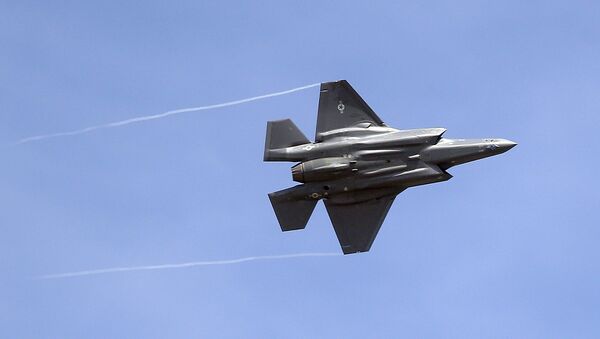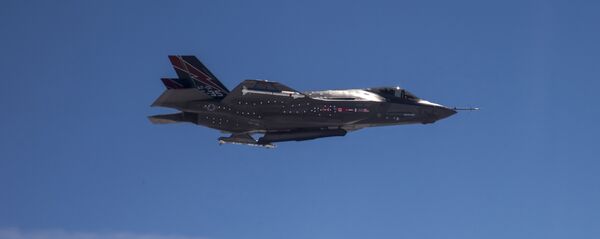The missile, dubbed GBU-49, has passed “fit checks,” “all of the other integration” and “all of the normal weapons integration” including “form, fit” and function, F-35 Joint Program Office director Vice Admiral Mathias W. Winter told Defense News last week at the Air Force Association conference.
The munition features a “release logic” that “delays the release point of the weapon to ensure the weapon has the available kinematics to guide and to reach the target at its future location,” Collin O’Fallon, US Air Force 775th Flight Test Squadron, said in April.
“The pilot doesn’t have to think about how fast the target’s going or what direction,” O’Fallon noted.
Brig. Gen. Scott Pleus praised the GBU-49 precision-guided munition as a “great solution for the F-35” insofar as it provides the F-35 with a “key capability” for close-air support missions.
Pilots manning F-35s in their current software configuration apparently cannot see that missiles in the weapons caches are GBU-49s. Instead, “it shows GBU-12 in the cockpit,” Winter said. This will require a new software update for the jets, dubbed Block 3F.
Defense News stressed that only jets with Block 3F software can launch the munition. The US Air Force has said its goal was to upgrade all F-35As with Block 3F by 2017.
Software snafus might cost the US defense budget hundreds of billions of dollars in lost combat-ready fighter jets. The Pentagon is reportedly considering whether to retire 100 F-35s — which have ranged from $100 to $160 million per aircraft — before they ever fly in combat because it might be too expensive to upgrade their software packages.




